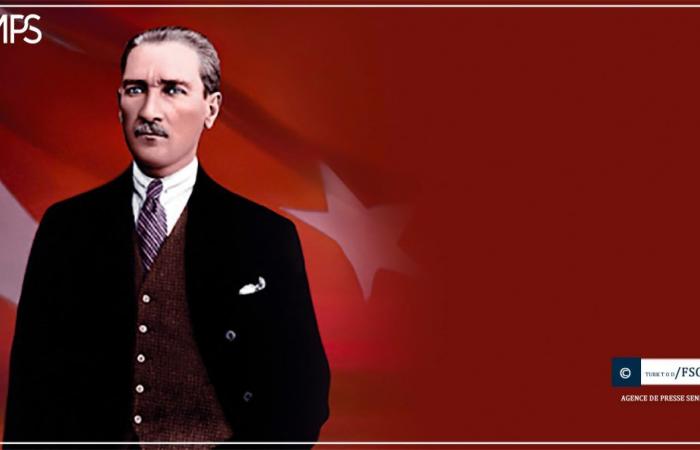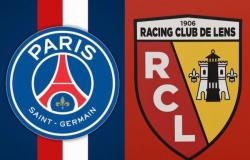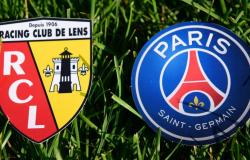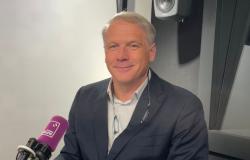
From the APS special envoy, Serigne Mbaye Dramé
Ankara, September 30 (APS) – Moustapha Kémal Atatürk (1881-1938) only ruled Turkey, as President of the Republic, for a period of 15 years. However, its presence still remains alive in popular consciousness. One proof among many others of the attachment and recognition of the Turks to his action to modernize the country, more than 80 years after his death.
In the metropolis of Ankara, the large avenues, the green environment, like the skyscrapers which emerge and parade along the roads interspersed in places with green parks, give an idea of the great leap made by Turkey in terms of infrastructure in recent decades.
In the same way, the visitor can get an idea of the determination with which the country seeks to find a place in the circle of nations that count, in a very complex region like the Middle East can boast of many achievements , on a religious, political and geographical level.
If the style of the vehicles appears less extravagant and sometimes seems to contrast with the level of economic and social development of the country, the quality of the roads provides information on the path taken so far by Turkey in terms of development.
The visitor coming from a specific geographical and political context like Senegal, where it is the official photo of the current President of the Republic which decorates the offices of the public administration, makes the curious discovery that in Turkey, it is rather the image of Moustapha Kémal which imposes itself everywhere and on everyone.
The tutelary shadow of Atatürk
The photo of the current president very rarely appears next to that of the founder of the Turkish Republic. As if the stature of the man we call Atatürk – the father of modern Turkey – is above everything.
His bust still stands today in schools, military and university institutions, as well as in tourist buildings and media companies, decades after his death in 1938.
Statues and graffiti dedicated to his memory are present everywhere in Turkish cities, as are his numerous representations, in military uniform or dressed in civilian clothes, up to the top of certain hills outside the city.
Which more than anything arouses the visitor’s curiosity, encouraging him to take an interest in the singular dimension of the man whose trajectory greatly permeates the lives of Turks and structures their memory consciousness.
He only ruled the country for around fifteen years, from 1923 to 1938, but it appears today that this period greatly determined the future of Turkey, to the point that the name of Moustapha Kémal ended up set the rhythm of the progress of a country placed at the crossroads of Western and Eastern civilizations, due to its history and geography.
The omnipresence of this charismatic personality speaks to the need, in most countries, for an emblematic, almost transcendental figure, who transcends divisions and whose thought and action push citizens to give everything for their country.
Asked in front of a less familiar painting of the late leader, a colleague from the official Anadolu press agency, could not resist a digression in response to the question: who is this man in the photo?
Among other comments, she recalled that it is the photo of the father of the Republic of Türkiye. As if limiting ourselves to the only expected answer to the question, by just giving the name of the person who was represented by this painting, would be blasphemous or would not say much about the history and evolution of the country.
Literature also indicates that this soldier who went down to posterity under the nickname Kemal, which in literal Arabic means the perfect, preferred the construction of a modern Republic to the vast Ottoman Empire which ruled the Muslim world from the beginning of the 13th century. century until the abolition of the Islamic caliphate in 1924 and the dislocation of its heterogeneous territories under the impetus of the triumphant Kemalism of the time.
Atatürk’s exit from the linguistic and cultural domination of Arab civilization to build an Islamic identity specific to his people is a bit like the ultimately unfinished construction of what we wanted to call black Islam. in Africa south of the Sahara.
A kind of Islam specific to Sub-Saharan Africans and which would be less orthodox and less erudite. Moustapha Kémal Atatürk thus strived to encourage the schooling of his fellow citizens using the Latin alphabet and no longer using Arabic characters. Himself having been born in the territories of present-day Greece, he was photographed giving literacy lessons in Latin.
Cohabitation between religion and modernity
Its modernist approach, often considered a textbook case in university courses on reformism in the Arab-Muslim world, is manifested in the street, notably through the very Western clothing and attitude of Turkish women. This modernization, others will say an excessive westernization of public life, is accompanied by strict respect for religion. In several services visited, even military buildings, the visitor can naturally appreciate the erection of a mosque, or at least a prayer room designed for those who want to practice their religion, without clutter or difficulty.
The passionate linguist or the activist convinced of the importance of historical awareness can only positively appreciate the recourse that people can make to their language and cultural funds to build their hegemony and face increasing cultural and ideological attacks. most significant in the contemporary world. And this, even if sometimes, outside of places of large meetings, such as restaurants, editorial offices or universities, the visitor must expect to experience a language barrier.
This is the case, for example, of a colleague from Djibouti who, looking for information in a walking place, saw the satisfaction of seeing one of his compatriots who mastered the language of the country come to his aid and serve as his interlocutor, for example. the happiest of coincidences.
His Turkish interlocutor could not resist a remark which may be surprising: “Why doesn’t your brother speak our language like you?”
The conversation with people who question you, certainly to find out if everything was going well in your stay, very often ends in a burst of contagious laughter, faced with the impossibility of continuing communication.
The Arabic speaker can at most understand the words that come up most often: Merhaba, Teşekkür, whose root in Arabic refers to welcoming someone or saying thank you. Everything happens as if your interlocutor would try to say thank you anyway, despite the language barrier.
Another curiosity of the country concerns the very widespread use of cigarettes, regardless of age or sex, which means that your interlocutor can ostensibly light his electronic or traditional cigarette, during a discussion, without having the courtesy or the elegance of asking yourself if you were a smoker or if smoke bothers you. He acts like it was natural to smoke. How naturally we would delight in the very varied and appreciable Turkish cuisine.
SMD/BK/ASG





